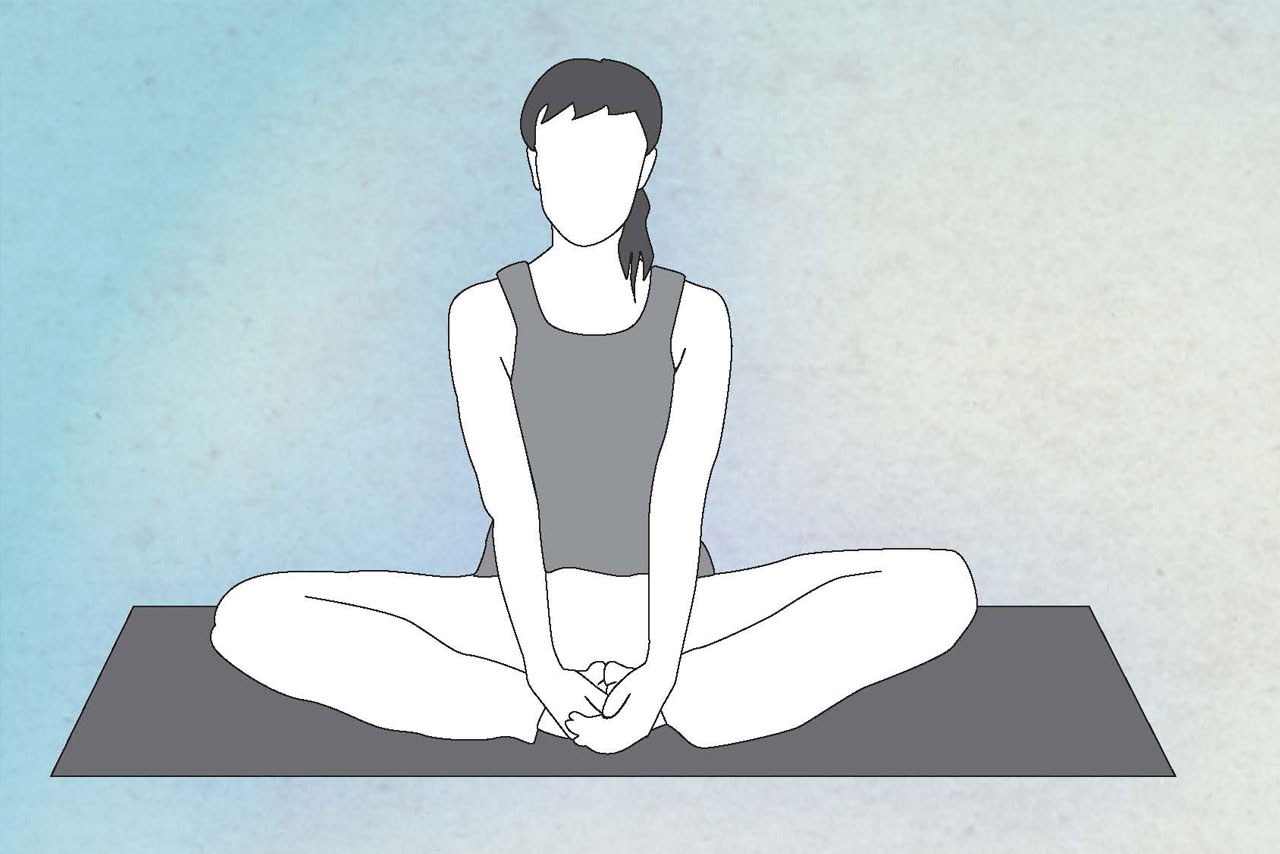We all lead extremely busy lives where we are pulled in a million different directions at once. One way to help manage the stress that our hectic lifestyles produce is mindfulness. Mindfulness is maintaining a moment-by-moment awareness of our thoughts, feelings, bodily sensations, and surroundings.
Practicing mindfulness also involves acceptance in that we pay attention to our thoughts and feelings without judgement, meaning there is no right or wrong way to think or feel in a given moment. When we practice mindfulness, we tune into what we’re sensing at the present moment rather than rehashing the past or imagining the future.
While mindfulness has its roots in Buddhist meditation, it is now widely accepted as a stress management technique due to the many positive effects it has on the mind and body. Mindfulness is used in a variety of settings including schools, prisons, hospitals, veteran programs, and beyond.
10 Reasons to Practice Mindfulness
Studies have shown that practicing mindfulness, even for just a few weeks, can bring a variety of physical, psychological, and social benefits. Here are 10 reasons to incorporate mindfulness into your life.
- Benefits our minds: Mindfulness increases positive emotions while reducing negative emotions and stress.
- Does a body good: One study found that practicing mindfulness meditation boosts the immune system’s ability to fight off illness.
- Positively changes our brains: Research has found that it increases density of gray matter in brain regions linked to learning, memory, emotion regulation, and empathy.
- Can fight obesity: Practicing mindful eating encourages healthier eating habits, helps people lose weight, and helps them savor the food they do eat.
- Heightens ability to focus. Research suggest that mindfulness helps us tune out distractions and improves our memory and attention skills. It also improves our ability to recall information.
- Helps regulate emotions. Those that practice mindfulness experience a decrease in emotional reactivity and an increase in cognitive focus.
- Fosters compassion and altruism: Research suggests mindfulness training makes us more likely to help someone in need and increases activity in neural networks involved in understanding the suffering of others and regulating emotions. Evidence suggests it might boost self-compassion as well.
- Increases relationship satisfaction. Research suggests mindfulness training makes couples more satisfied with their relationship, makes each partner feel more optimistic and relaxed, and makes them feel more accepting of and closer to one another.
- Benefits parents and parents-to-be: Studies suggest it may reduce pregnancy-related anxiety, stress, and depression in expectant parents. Parents who practice mindfulness report being happier with their parenting skills and their relationship with their kids, and their kids were found to have better social skills.
- Helps veterans struggling with Post Traumatic Stress Disorder. Studies have shown mindfulness practice can reduce the symptoms of Post Traumatic Stress Disorder (PTSD).
How to Practice Mindfulness
There are many ways to practice mindfulness, but all techniques are various forms of meditation used to achieve a state of alert, focused relaxing. This is done by deliberately paying attention to thoughts and sensations without judgement. This allows the mind to focus on the present. Here are some examples of how to practice mindfulness.
- Basic mindfulness meditation: Quietly focusing on your natural breathing or on a word or “mantra” that you repeat silently. Allow thoughts to come and go without judgment and return to your focus on breath or mantra.
- Body sensations: Notice subtle body sensations such as an itch or tingling (without judgement) and let them pass. Notice each part of your body in succession from head to toe.
- Sensory: Notice signs, sounds, smells, tastes, and touches. Name them without judgement, feel them, and then let them go.
- Emotions: Allow emotions to be present without judgement. Practice a steady and relaxed naming of emotions. Accept emotions as they come, acknowledge them without judgement, and then let them go.
- Urge surfing: Cope with cravings and allow them to pass. Notice how your body feels as the urge enters. Replace the wish for the craving to go away with certain knowledge that it will subside and that you have control over the urge.
Sources: HelpGuide.org, Greater Good – University California at Berkley, and Psychology Today
Mindfulness Classes Available for Employees and Students
Health Promotion and Wellness offers free mindfulness classes for both students and employees over the summer and through out the academic year. Classes meet once a week for four weeks. Each week participants learn a new mindfulness skill and practice using the concept.
Summer 2016 dates and times are:
- Mindfulness Class for Employees
Meets Wednesdays from Noon to 1 p.m. July 6, 13, 20, and 27
184 McCormick Hall - Mindfulness Class for Students
Meets Tuesday from 3 to 4:30 p.m. July 5, 12, 19, and 26
183 McCormick Hall
Classes are free, but registration is required. Space is limited and classes usually fill up. Reserve your spot today online. Please contact Health Promotion and Wellness by phone at (309) 438-WELL (9355) or by email at Wellness@IllinoisState.edu with any questions. Check out additional ways Health Promotion and Wellness can help you stress less.
Mindfulness Classes from Student Counseling Services
Additional student classes are also offered by Student Counseling Services during the academic year. Please check their website for more information.

